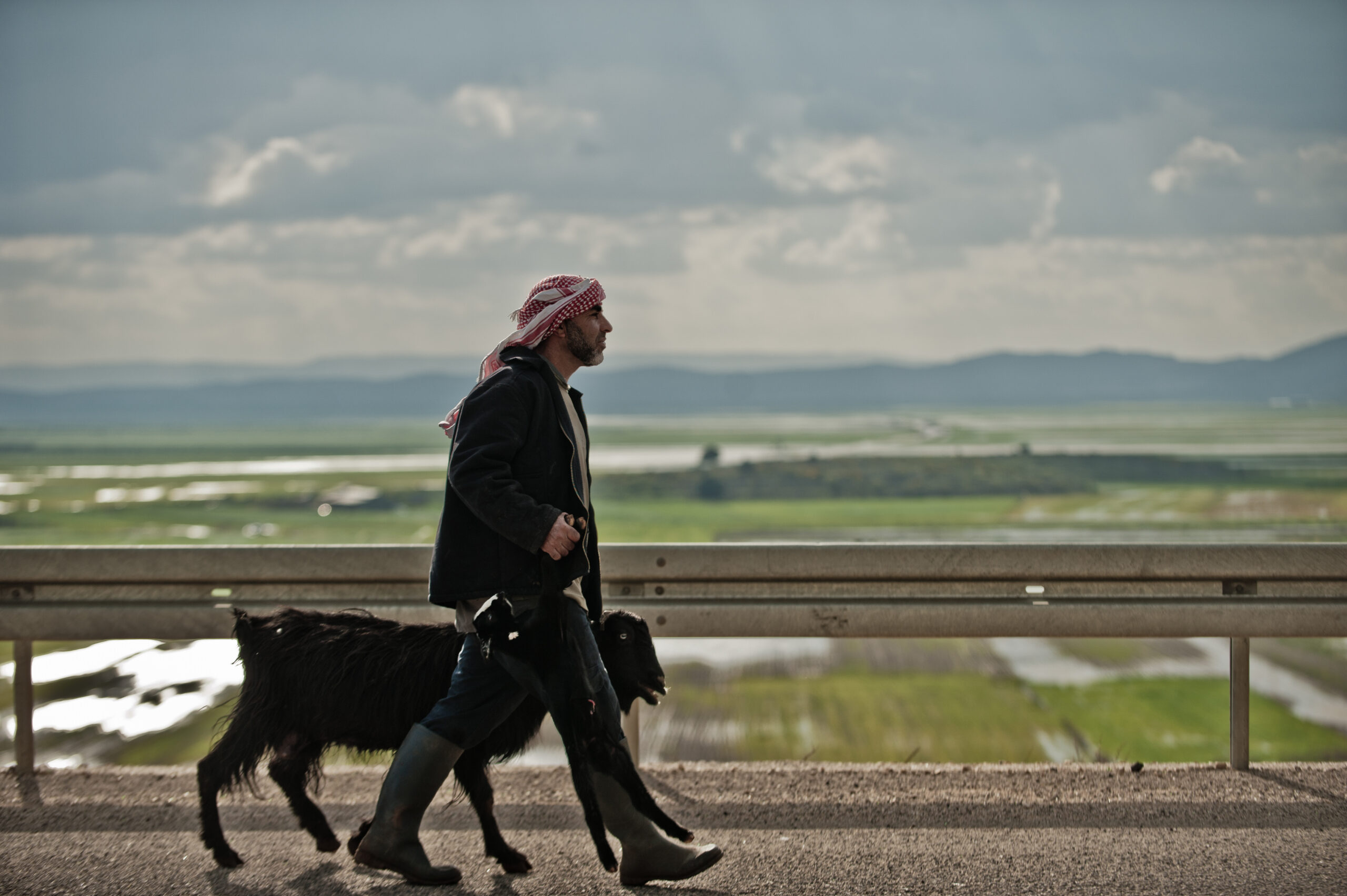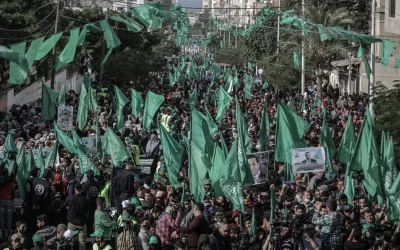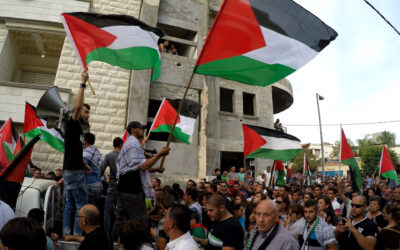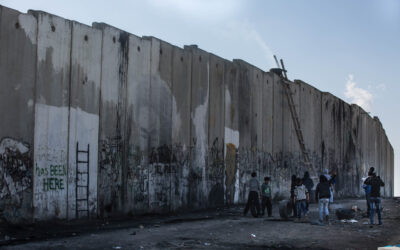During the Nakba, over 750,000 Palestinians were expelled from what was Mandatory Palestine in order to create the state of Israel. Around 150,000 remained in the area that became Israel, and today they are often referred to as the Palestinian citizens of Israel, or Arab Israelis. They currently make up approximately 20% of Israel’s population, at a total number of around 1.4 million. This includes Bedouin citizens, who primarily live in the Naqab desert in the south.1
Palestinian citizens of Israel lived under military rule from 1948 until 1966, despite being granted citizenship and the right to vote.2 During this time, land and property was seized from them, freedom of movement was highly restricted, and political activity was suppressed. Even after military rule was lifted, Palestinian citizens of Israel still did not receive equal treatment.3
Although as citizens, Palestinian citizens of Israel can vote, they still face discrimination and exclusion that create a second-class citizen status in their own land. This discrimination is institutionalised through various Israeli laws, including: the Nation State Law, which legally allows for discrimination against non-Jewish Israelis; the Citizenship and Entry Law, which bars the unification of Palestinian citizens of Israel with their non-Israeli spouses; and the Expulsion Law, which allows for Palestinian Knesset Members to be expelled based on their views. Palestinian citizens of Israel also suffer from discrimination in the form of land confiscation, enforced segregation, suppressed freedom of expression and political participation, and gaps in economic and social rights compared to their Jewish counterparts.4

 Hamas
Hamas  Second Intifada
Second Intifada  Occupied Palestinian Territory (OPT)
Occupied Palestinian Territory (OPT)